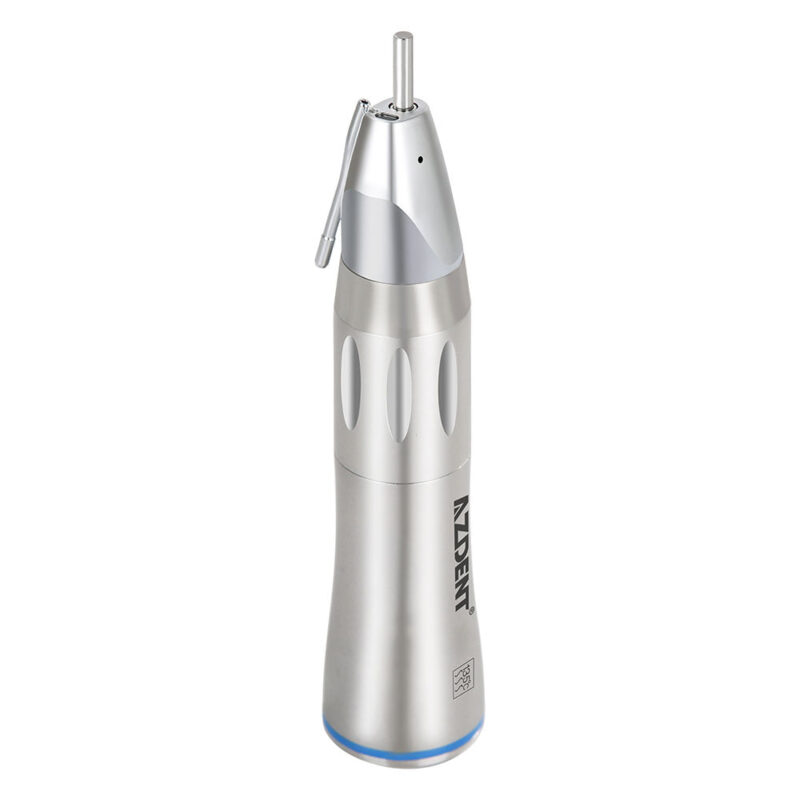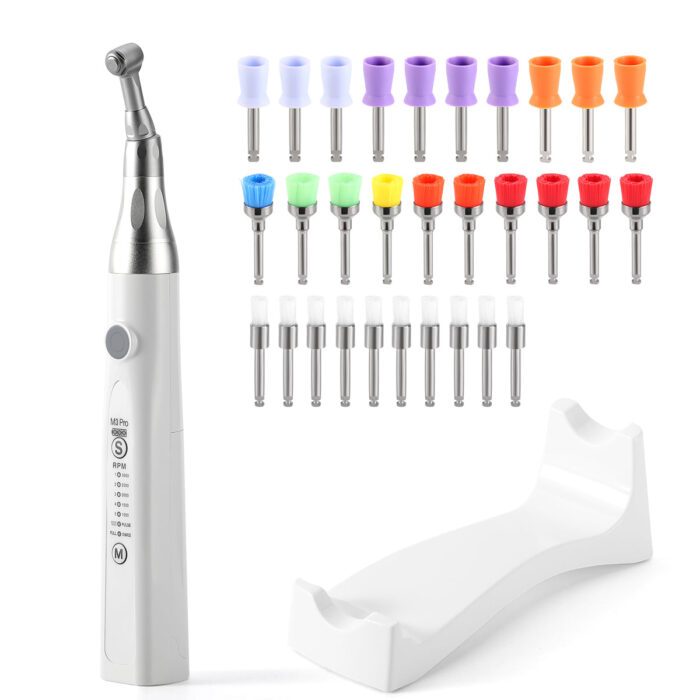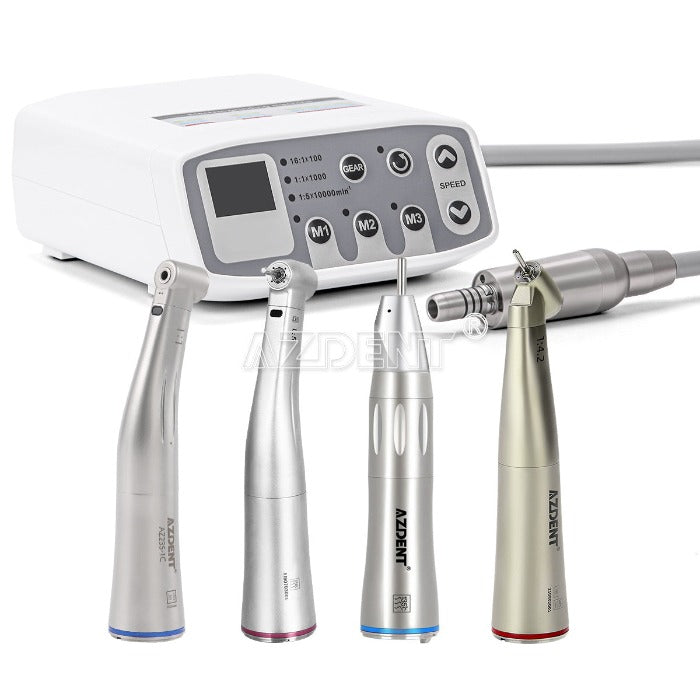
In the realm of modern dental hygiene, the dental air polisher https://dentaprof.com/collection/air-polishers/ has emerged as a revolutionary tool for enhancing both cleaning efficiency and patient experience.
Unlike traditional methods, which can be time-consuming and inconvenient, air polishing offers a faster and more effective means of achieving optimal oral health.
This article delves into the various aspects of dental air polishers, including their benefits, applications, and the technology behind them.
Understanding Dental Air Polishers
A dental air polisher utilizes a mixture of air, water, and a specially formulated abrasive powder to remove plaque, stains, and debris from teeth surfaces. This technique is particularly useful for patients with orthodontic appliances, crowns, and other dental work, as it effectively cleans areas that traditional tools may struggle to reach.
Air polishing systems are designed for efficiency and ease of use, making them invaluable in both general and specialized dental practices.
The Benefits of Dental Air Polishers
The advantages of using a dental air polisher are numerous and impactful. Some of the primary benefits include:

- Effective Stain Removal: Air polishers can quickly and easily eliminate surface stains caused by coffee, tea, tobacco, and other substances, leading to a brighter smile.
- Minimally Invasive: The gentle action of air polishing is less abrasive than traditional scaling, making it more comfortable for patients, especially those with sensitive teeth.
- Speed: Treatments can be completed in a fraction of the time compared to traditional cleaning methods, allowing for more efficient patient turnover in dental practices.
- Access to Difficult Areas: The spray of the air polisher can reach areas that are typically hard to clean, such as around braces and in gum pockets, improving overall dental health.
- Patient Comfort: Many individuals prefer air polishing over manual cleaning due to the lack of tactile discomfort associated with traditional tools.
Applications of Dental Air Polishers
Air polishers are versatile tools that can be employed in various dental procedures, including:
- Routine Dental Cleanings: Integral to standard cleanings, air polishers make the removal of plaque and stains efficient.
- Before and After Sealants: Ensuring a clean surface for sealants maximizes their effectiveness and longevity.
- Orthodontic Care: Air polishing is particularly beneficial for patients with braces, helping to maintain oral hygiene without damaging the appliances.
- Cosmetic Dentistry: For procedures involving the application of bonding agents or veneers, air polishing cleans surfaces thoroughly for optimal adhesion.
- Periodontal Therapy: Removing debris from gum pockets is crucial in treating gum disease, and air polishing excels in this area.
The Technology Behind Dental Air Polishers
At the heart of a dental air polisher is a sophisticated combination of airflow, pressurized water, and abrasive powder. The device operates by intensely blasting a mixture of these components at the tooth surface, effectively eradicating stains without damaging enamel.
The types of powders used can vary based on the manufacturer’s design, with some utilizing sodium bicarbonate, while others may employ more advanced formulations that cater to specific stain types. These powders are designed to be safe and effective, ensuring that even patients with sensitive teeth can benefit from air polishing.
Key Considerations When Using Dental Air Polishers

While dental air polishers offer many benefits, there are some considerations for dentists and patients alike:
- Patient Sensitivity: Care should be taken when treating patients with sensitive teeth. It’s essential to assess comfort levels and adjust the pressure and distance accordingly.
- Abrasive Powder Selection: The type of abrasive powder used can affect the results. Dentists should select the appropriate powder based on the patient’s specific needs and the stain level.
- Technique: Mastery of the air polishing technique is crucial. Overly aggressive polishing can lead to enamel loss, so proper training and practice are necessary.
Conclusion: The Future of Dental Hygiene
The dental air polisher has transformed the landscape of dental hygiene by offering a more effective, efficient, and comfortable alternative to traditional methods.
As dental technology continues to advance, tools like air polishers will likely become standard practice in dental offices worldwide.
With their ability to enhance patient comfort and improve cleaning outcomes, dental air polishers represent a significant step forward in promoting better oral health.
In addition to their efficiency and effectiveness, air polishers underscore the importance of technology in fostering a culture of preventative care. By integrating modern techniques into daily practice, dental professionals can significantly influence their patients’ long-term oral health outcomes.
